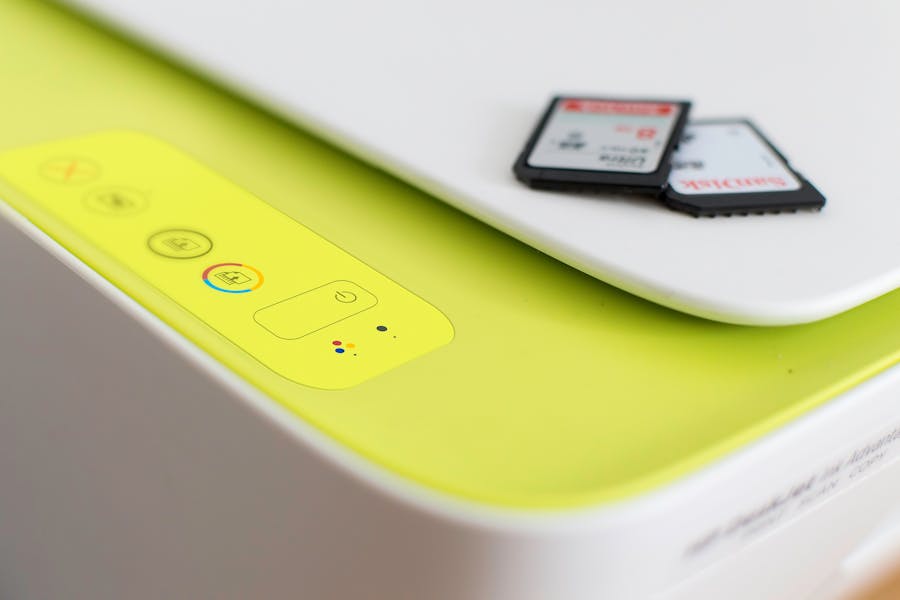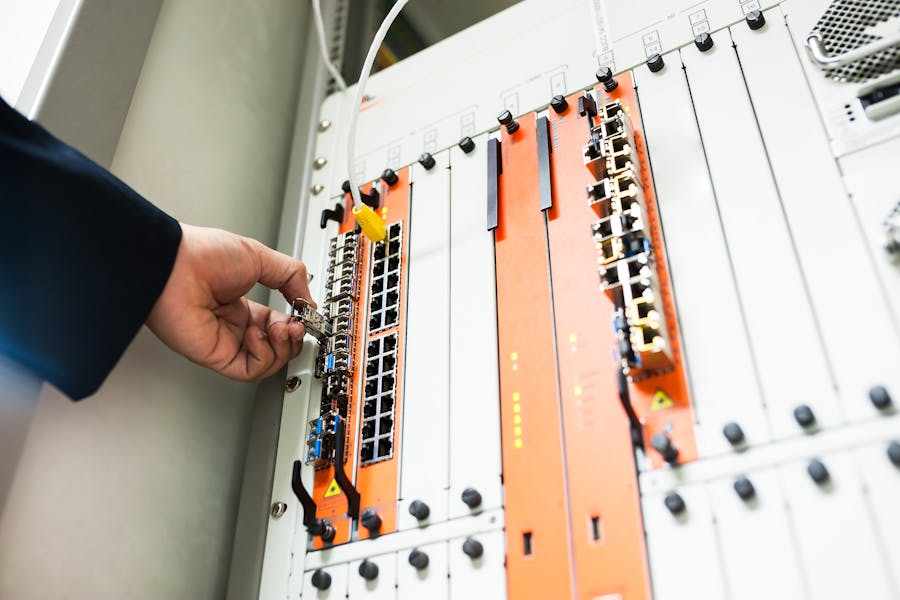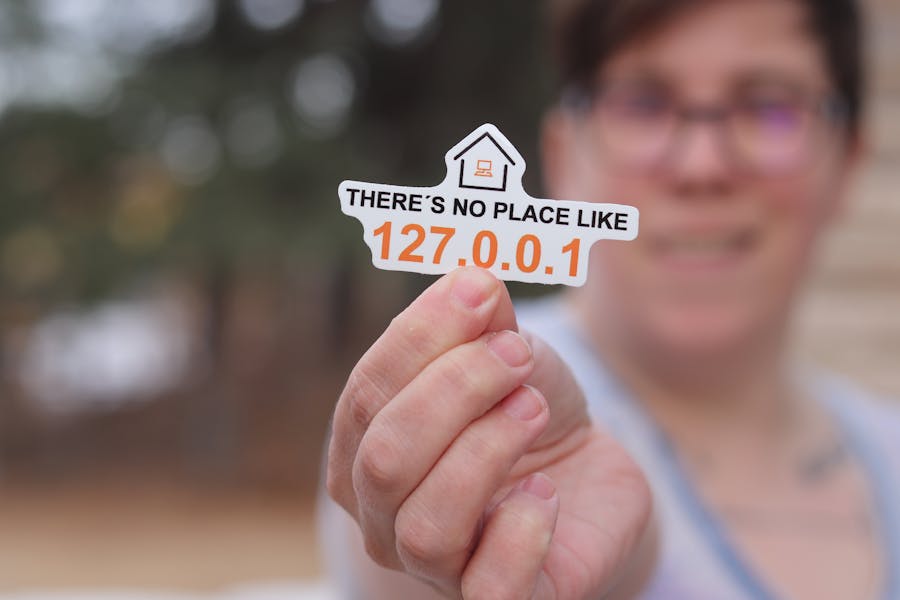
In today’s digital age, printers are no longer isolated peripherals connected by USB cables. They’ve evolved into smart network devices that operate over Wi-Fi or Ethernet, just like computers and smartphones. This leads many users to ask: Do printers have IP addresses? The simple answer is yes, and it’s crucial to understand why.
An IP address allows a printer to communicate over a network, enabling wireless printing, remote access, and better device management. It’s especially important in shared office setups and for troubleshooting common connectivity issues.
This guide will walk you through how printers get IP addresses, how to find them, and why they matter. Whether you’re managing multiple printers or setting up your first one, this article covers everything you need to know.
Do printers have IP addresses?
Yes, printers do have IP addresses – especially if they are network-enabled. These IPs help connect your printer to your Wi-Fi or LAN, allowing multiple devices to send print jobs wirelessly. You can find the IP address via the printer’s settings menu or your router interface.
The Basics: Do Printers Have IP Addresses?
Printers have evolved far beyond their humble beginnings as standalone devices tethered to computers via USB cables. In today’s digital ecosystem, they are crucial components of both home and enterprise networks. As such, they rely on Internet Protocol (IP) addresses to communicate with other devices on the network. But what exactly is an IP address in the context of a printer?
An IP address is a unique identifier assigned to each device connected to a network. Just like your smartphone or laptop, a network-capable printer also needs an IP address to receive commands and send status updates. Whether it’s a wired Ethernet connection or a wireless link over Wi-Fi, the printer needs a clear route to talk to your PC, Mac, or mobile device.
There are two primary types of IP addresses: dynamic and static. A dynamic IP is automatically assigned by your router’s DHCP (Dynamic Host Configuration Protocol). Static IPs, on the other hand, remain fixed and are often manually assigned for better stability and management, especially in business settings.
Modern printers often come with built-in wireless capability, meaning they automatically obtain an IP address when connected to a network. Once connected, users can access the printer from multiple devices without needing direct physical connections.
Ultimately, the presence of an IP address is what enables printers to serve multiple users across multiple devices, making them central nodes in any network environment. The answer to Do printers have IP addresses? is not only yes – it’s a necessity in today’s connected world.
How to Find a Printer’s IP Address on Various Devices
Knowing how to locate your printer’s IP address is crucial for troubleshooting, network setup, or connecting multiple devices to a single printer. Whether you’re using Windows, macOS, or working through your router or command line, there are a variety of simple methods to get this information.
On Windows
Go to “Settings” and select “Devices,” then click on “Printers & Scanners.” Choose your printer from the list, click “Manage,” and open “Printer Properties.” Under the “Ports” tab, you’ll typically find the IP address next to the active port.
On macOS
Navigate to “System Preferences” and open “Printers & Scanners.” Select your printer and click “Options & Supplies.” The IP address will usually be listed under the “General” tab in the new window.
Through Your Router
Log in to your router’s admin page by entering 192.168.0.1 or 192.168.1.1 in your web browser. Once logged in, look for a section called “Connected Devices” or “Device List.” Your printer’s IP address will appear alongside its name or MAC address.
Using the Printer’s Control Panel
Many printers have a built-in option to print a network configuration page. From the control panel, usually under “Settings” > “Network Settings,” print this page to view the IP address.
Via Command Line
Advanced users can open Command Prompt or Terminal and enter arp -a. This displays a list of devices on your network. Match your printer’s MAC address or hostname to locate its IP.
These methods provide reliable options based on your device and technical comfort level.
Why IP Addresses Are Essential for Modern Printers
In today’s connected environments, IP addresses play a vital role in enabling printers to function efficiently and reliably within networks. These identifiers allow printers to communicate with other devices, offering numerous advantages in usability, control, and performance.
- Network Communication
An IP address allows printers to connect with desktops, laptops, tablets, and smartphones within a local network. This connection is essential for sending and receiving print jobs seamlessly. - Wireless Printing
Technologies like AirPrint, Wi-Fi Direct, and Google Cloud Print depend on IP addresses to locate and interact with printers wirelessly, eliminating the need for physical connections. - Device Management
Network administrators can remotely monitor printer usage, manage settings, and troubleshoot issues by accessing the printer via its IP address. - Remote Printing
IP addresses are critical for remote print services such as HP ePrint or Epson Email Print, which identify devices and route print jobs over the internet. - Security and Monitoring
Using an IP address, IT teams can apply firewall rules, monitor network traffic, and secure printer access from unauthorized users. - Firmware and Software Updates
Printers can receive automatic updates from the manufacturer’s servers when connected through a valid IP, keeping devices secure and up to date.
In short, an IP address transforms a standalone printer into a smart, networked device capable of advanced functionality and integration.
Static vs. Dynamic IPs for Printers – Which is Better?
Assigning IP addresses to printers isn’t just about connectivity; it’s also about efficiency and reliability. One key choice in networking is between static and dynamic IPs. A static IP address does not change and is ideal in office environments where consistent access is required. With a static IP, users don’t have to worry about their printer changing addresses every time the network resets. This makes it easier to configure and less prone to errors.
Dynamic IPs, on the other hand, are automatically assigned by the router using DHCP. This is common in home networks where fewer devices are involved. While dynamic IPs work perfectly in casual scenarios, they can be problematic if the address changes unexpectedly and leading to printing failures.
For most users, setting a static IP is the best practice. It can be configured through the printer’s internal menu or router settings. This minimizes disruptions and supports better device recognition. Furthermore, in business settings where multiple users rely on the same printer, consistency in IP addressing is crucial for productivity and system health.
Ultimately, the better option depends on the use case. For homes, dynamic may suffice. For businesses and advanced users, static IPs reduce hassle and improve overall performance.
Do Printers Have IP Addresses? Common Use Cases and Troubleshooting
Printers with IP addresses offer more than just connectivity—they enable seamless functionality across devices and help resolve common network issues efficiently.
Shared Printing in Work Environments
Businesses often rely on shared printers with static IPs for quick and consistent access across departments.
Cloud and Mobile Printing
Mobile printing solutions like AirPrint and Mopria need IP recognition to locate and send jobs to the printer.
Troubleshooting Network Errors
If your printer isn’t responding, checking the IP can help determine if it’s properly connected to the network.
Printer Offline Errors
Sometimes, your computer may show the printer as offline. Verifying and refreshing the IP address often resolves this issue.
Managing Multiple Printers
With multiple printers in an office, unique IP addresses allow for better management and print queue control.
Conclusion
Printers today are network-centric, and having an IP address is fundamental to their functionality. From printing wirelessly across devices to managing queues and securing access, the role of IP addresses cannot be overstated. Whether it’s a home user troubleshooting a connection or an IT admin managing office workflows, understanding how and why printers use IPs is key to a seamless experience.
For most, the answer to Do printers have IP addresses is yes, and knowing how to manage that address makes all the difference.
FAQs
Do all printers have an IP address?
No, only network-capable printers—those with wired Ethernet or Wi-Fi connectivity—have IP addresses. USB-only models do not connect through a network and therefore don’t use IPs.
How do I assign a static IP to my printer?
You can assign a static IP directly through the printer’s onboard control panel under network settings, or by reserving an IP for the printer in your router’s DHCP settings.
Can I find my printer’s IP address on my phone?
Yes, you can use apps like HP Smart, Canon PRINT, or Epson iPrint to view your printer’s IP address, provided your phone is on the same Wi-Fi network as the printer.
What happens if two devices have the same IP?
This causes an IP address conflict, which can result in network disconnections, print errors, or communication failures. Always assign unique IPs to avoid such issues.
Is a printer’s IP address secure?
Not always. To keep it secure, avoid public network exposure, enable encryption protocols, and use strong firewall rules in both home and business environments.






